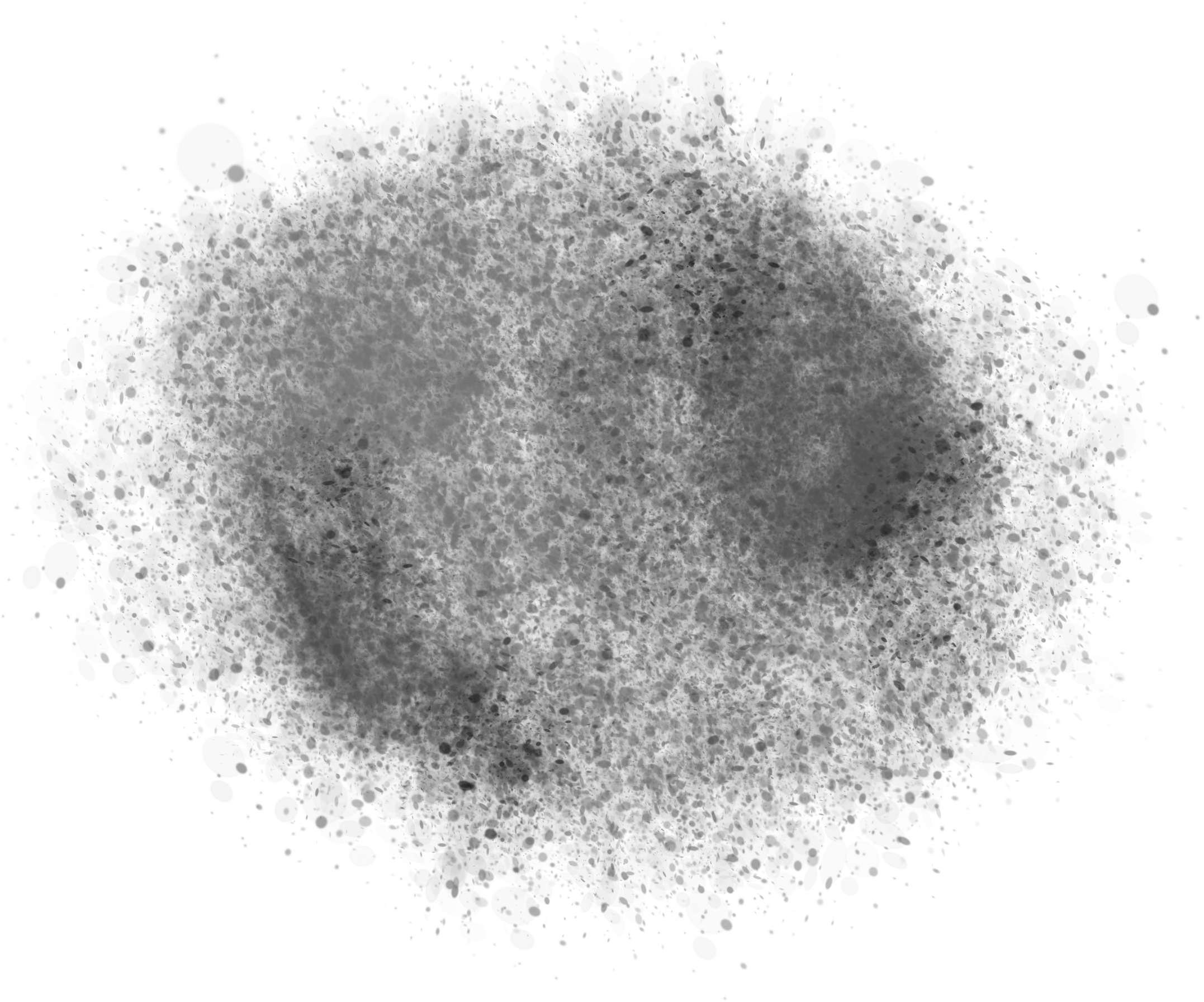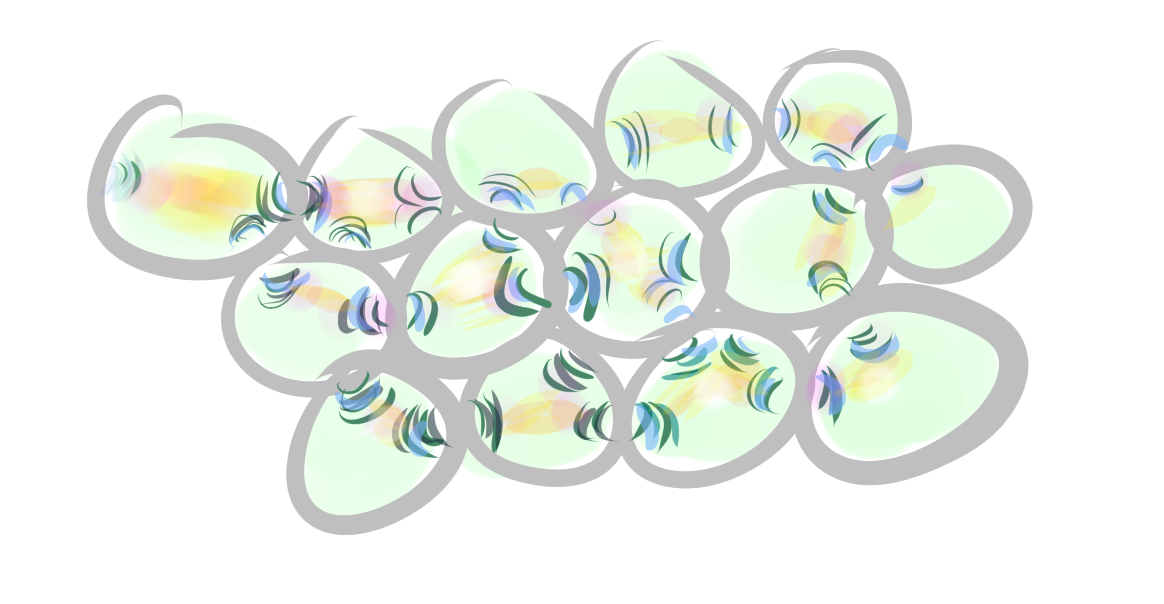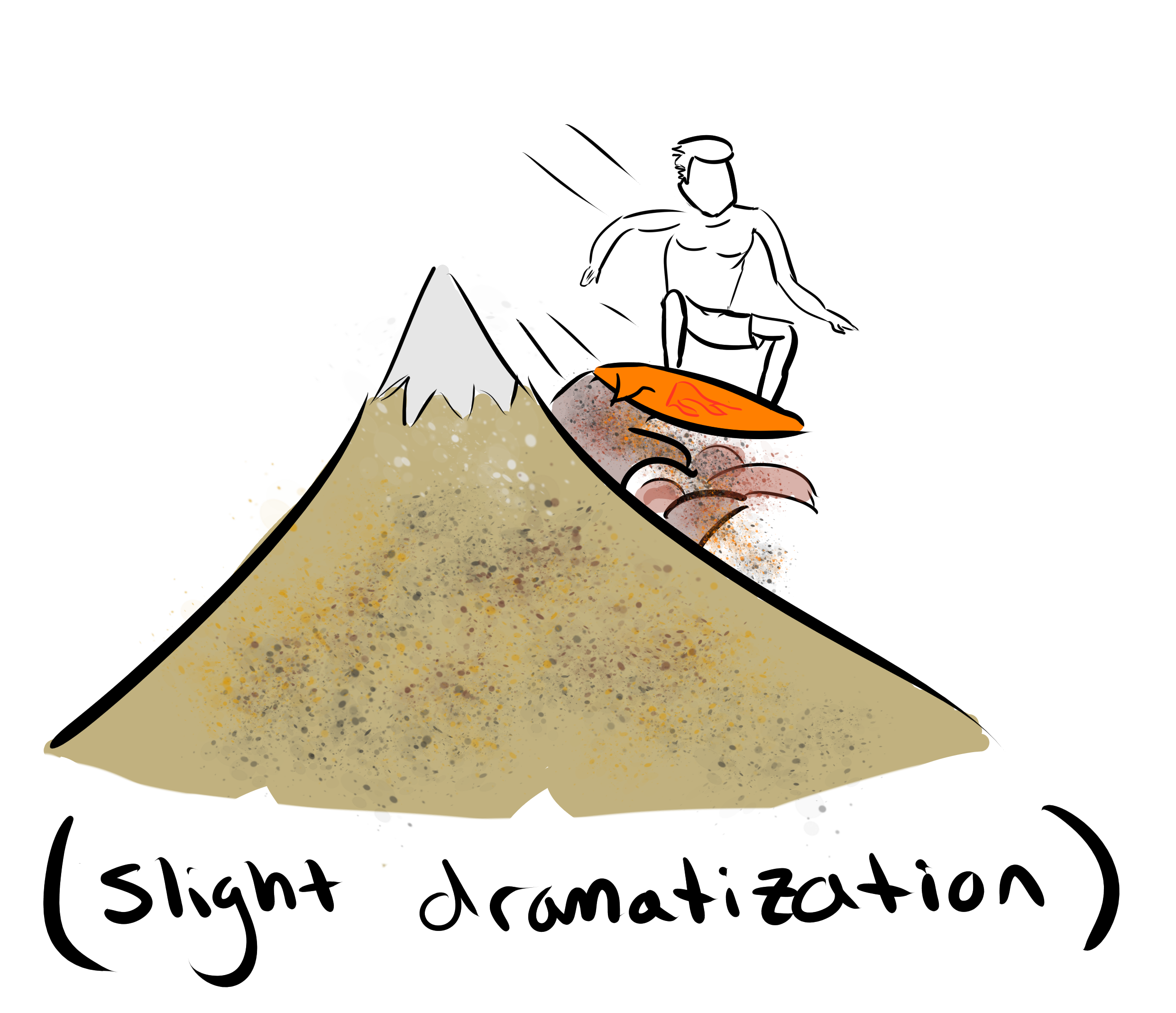Probing Granular Materials on Asteroids

When we think of asteroids in space, we often think of them as big boulders, or composite objects, flying through space (possibly with baobabs growing on them).
In reality, a large number of these astronomical objects are actually very weakly bound collections of heterogeneous granular materials, since the gravity holding them together can be 4-5 orders of magnitude less than on what we experience on Earth.

Two recent missions have gone to investigate asteroids that fit this description: JAXA's Hayabusa2 mission to Ryugu and NASA's OSIRIS-REx mission to Bennu.
Our goal with this project is to develop optimized procedures for working in these exotic environments with the paradigm of a flexible probe. That is, how should we go about inserting a flexible intruder into these surfaces without causing a large amount of regolith to be ejected?
To investigate this, we simulate these systems in a laboratory environment using photoelastic techniques, which clue us into what is happening on the individual grain scale.

Want more information (including quantitative results)? Check out our paper!








